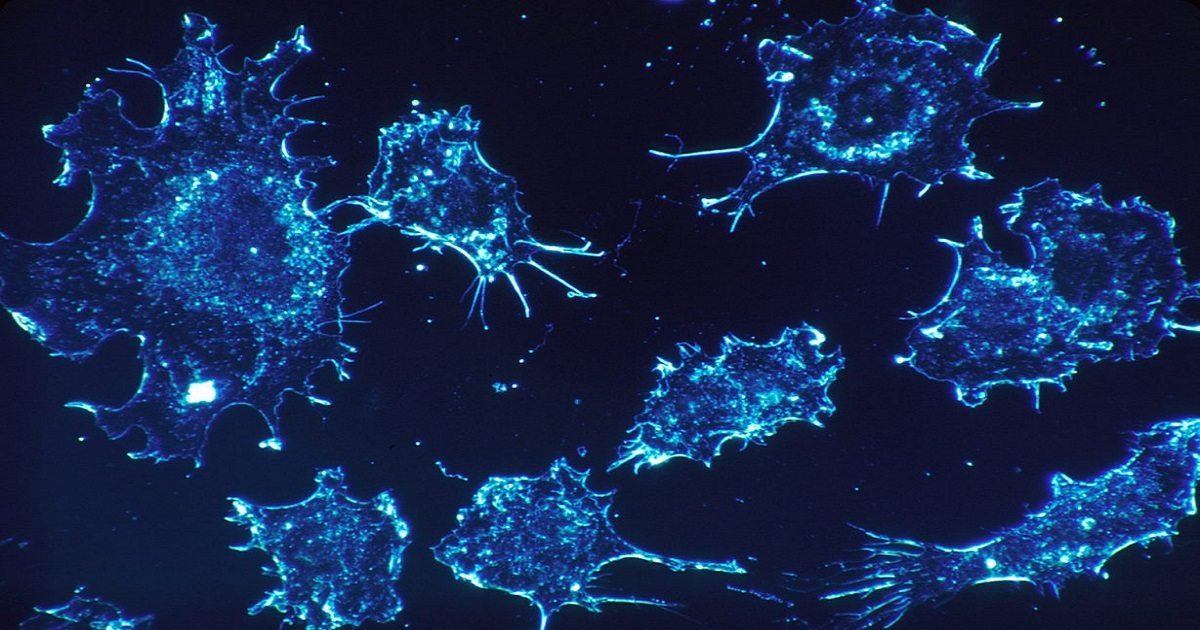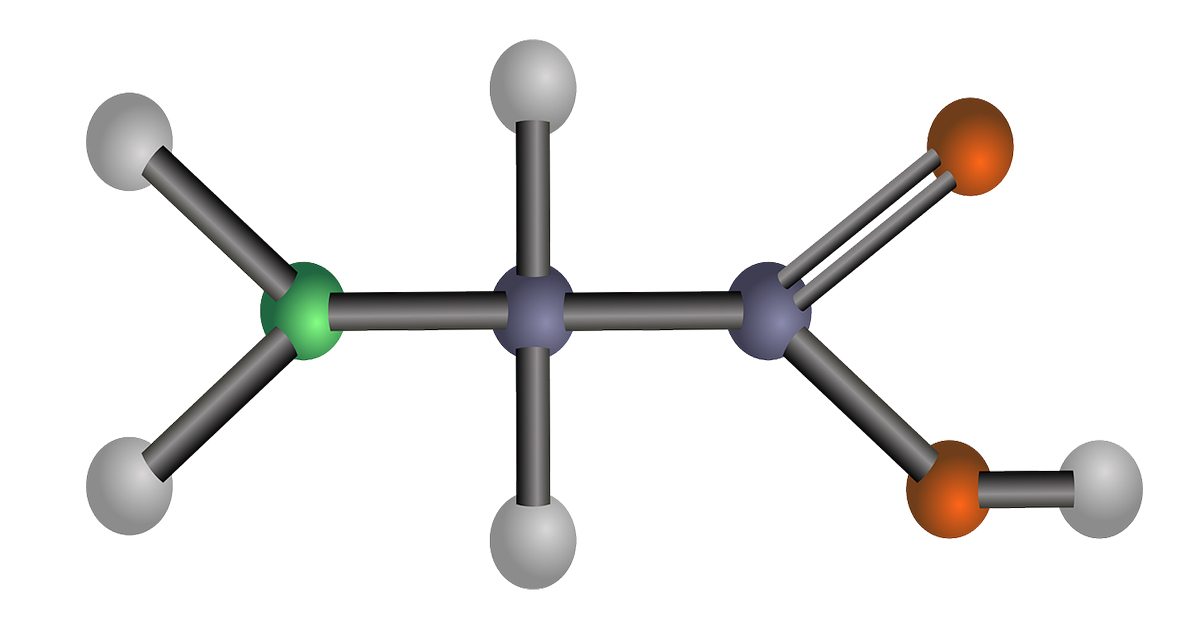Category: Advocacy

Cases of Mesothelioma Disease on the Rise, World Health Organization Warns
A recent bulletin published by the World Health Organization estimates that 92,252 people around the world died of mesothelioma in the 15-year period from 1994 through 2008. Two-thirds of those deaths have occurred since the year 2000 and the incidence of mesothelioma is on the rise, the report said. Mesothelioma is an aggressive and largely preventable form of cancer associated with breathing asbestos fibers.
A preponderance of the mesothelioma deaths analyzed by the WHO involved pleural mesothelioma, a malignant cancer of the lining of the lung and chest cavity. Pleural mesothelioma is seen far more often than peritoneal mesothelioma, a cancer of the lining of the abdomen caused by ingesting asbestos dust. Pericardial mesothelioma, a cancer of the lining of the heart, is rarer still.
Mesothelioma is slow growing and symptoms typically appear 30 years or longer after initial exposure to asbestos. Many mesothelioma sufferers are retired workers or veterans. The median survival after diagnosis is typically 9 to 12 months and the median age at death 70.
Of the 92,252 recorded mesothelioma deaths, the vast majority occurred in high income industrialized countries including the United States, the United Kingdom and countries in Western Europe, the report said. The countries with the highest cumulative mesothelioma deaths tended to be the countries that were the largest users of asbestos. They also are more diligent in recording mesothelioma deaths.
Underreporting is a common problem with rare diseases such as mesothelioma that are difficult to diagnose. The actual number of mesothelioma deaths is likely much higher, the researchers acknowledged. Some countries such as China, India, Thailand and the Russian Federation that are large users of asbestos did not provide mesothelioma death data to the World Health Organization.
The use of asbestos has been strictly limited in the United States since the late 1970s and it has been banned in many European nations. Still, many workers such as construction workers, electricians, plumbers and demolition workers face an occupational hazard of asbestos exposure in the workplace. The WHO said the burden of mesothelioma may be gradually shifting to developing countries that used asbestos more recently and those countries should prepare for an increase in the number of mesothelioma deaths in coming decades.

Breakthrough in Using Immune System to Fight Cancer Through Gene Therapy
Researchers have long hoped to use the human immune system to kill malignant cancer cells. A new study in The New England Journal of Medicine suggests scientists at the University of Pennsylvania may have made significant strides in that approach using experimental gene therapy.
William Ludwig, a retired corrections officer from Bridgeton, N.J., volunteered for the experimental cancer treatment, because his chemotherapy had stopped working and he had few options, according to an article in The New York Times. Today, a year after the novel treatment, Ludwig’s chronic leukemia is in complete remission and he is playing golf and working in the yard. The same approach may work with other cancers besides leukemia, doctors say.
As part of the experimental treatment, the doctors removed a billion of Ludwig’s T-cells, white blood cells that fight viruses and malignant cells, and re-engineered them. They exposed the T-cells to a disabled form of the HIV-1 virus, which genetically altered the T-cells. They reprogrammed the T-cells to hone in on Ludwig’s leukemia and to reproduce in large numbers when activated by chemicals produced by malignant cells. They then reintroduced the T-cells into Ludwig’s blood.
Initially, Ludwig suffered flu-like symptoms such as a temperature and chills as the T-cells reproduced. The T-cells multiplied to 1,000 to 10,000 times the number infused, wiped out the cancer, then gradually diminished, leaving a rear guard of T-cells that can proliferate again if they sense more malignant cells. After a few weeks, Ludwig’s flu symptoms disappeared and there was no trace of the leukemia.
The doctors caution that the treatment is still experimental and are not yet claiming that Ludwig is cured. But a similar approach may work for treating other forms of cancer, the doctors say. Dr. Carl June, head of the research team at the University of Pennsylvania, plans to try the treatment approach on solid tumors produced by cancers such as ovarian cancer, pancreatic cancer and mesothelioma. Mesothelioma is an aggressive cancer of the lining of the lungs and abdomen closely associated with exposure to asbestos.
Approximately 2,500 to 3,000 people are diagnosed with mesothelioma each year in the United States. Many sufferers are retired workers and veterans who were exposed to asbestos decades ago, even if they didn’t realize it. Symptoms of mesothelioma typically appear 20 to 50 years after exposure, making the diagnosis more difficult.

New Leaders Committed to Seeking Cure for Mesothelioma
A woman who lost her 33-year-old son to mesothelioma and a doctor whose work led to the only chemotherapy drug approved to date to treat asbestos-related cancer will lead the national organization that provides patient support and funds peer-reviewed research on mesothelioma.
Hanne Mintz and Dr. Axel Hanauske will serve as 2011 co-chairs of the Mesothelioma Applied Research Foundation, the non-profit national organization announced. Malignant pleural mesothelioma is a cancer of the lining of the lungs caused by inhaling asbestos particles. The symptoms of the disease typically appear decades after exposure to asbestos, a mineral fiber used in building materials and insulation. About 3,000 Americans die each year of mesothelioma.
Dr. Hanauske is global brand development leader for Eli Lilly & Co., and is a professor of medicine at the Technical Institute in Munich, Germany, where his team of researchers discovered the effectiveness of chemotherapy using Alimta/Cisplatin in treating mesothelioma. Alimta, which is given in combination with Cisplatin, another cancer drug, works by blocking enzymes that are believes to spur growth of mesothelioma tumors. Alimta is distributed by Eli Lilly & Co.
Dr. Hanauske said he has seen advances in mesothelioma treatment and feels a responsibility to keep developing new treatments option until a cure is found for mesothelioma.
Hanne Mintz, whose son Adam died of mesothelioma, is owner of Paragon Language Services, Inc., a professional translation and interpreting agency in Los Angeles, CA. Ms. Mintz began seeking a cure for meosthelioma when her son was first diagnosed and has pledged to support the Meso Foundation in its efforts to advance mesothelioma research and save lives.
“It instills hope that researchers around the world are choosing to concentrate their efforts on the underfunded, under-recognized and not-so-glamorous world of mesothelioma,” Ms. Mintz said in a statement. “Research holds the answers while funding is its lifeblood; this is why the Foundation relies heavily on its generous supporters to ensure that promising research is rewarded with adequate funding. I look forward to seeing the pieces of the puzzle fall into place during my tenure.”

Mesothelioma Patient Survives More than Seven Years After Diagnosis with Rare Tumor
Mesothelioma, a cancer associated with inhaling asbestos, typically appears as malignant tumors in the lining of the lung or the lining of the abdomen. The cancer also can appear in the lining of the heart, though it’s uncommon. This form is called pericardial mesothelioma and accounts for only 1 percent of mesothelioma cases.
In the medical journal Rare Tumors, doctors at the University of Virginia report on the case of a 59-year-old man who has survived more than seven years since being diagnosed with pericardial mesothelioma. The man appeared at the hospital in 2003 after experiencing symptoms of periodic chest pain and fatigue after exertion. An x-ray of his heart revealed a large mass in the lining of the heart attached to the right ventricle.
Doctors performed surgery and removed much of the mass, but couldn’t remove all of it because of its involvement with the heart muscle. Lab tests confirmed it to be malignant mesothelioma. Typically, malignant tumors in the lining of heart are the advance guard of a cancer spreading from the lung, breast or elsewhere. Mesothelioma tumors originating in the lining of the heart are rare.
The patient received chemotherapy for three years, but his disease continued to advance. The initial chemotherapy consisted of eight cycles of gemcitabine and cisplatin. The combination of gemcitabine and cisplatin is one of the most common chemotherapy treatments for mesothelioma patients. After doctors observed the malignant mass growing again in January 2005, the patient received an additional six cycles of chemotherapy consisting of gemcitabine and carboplatin. Doctors observed that the mesothelioma was spreading again in November 2005; an MRI revealed that the mass had increased in size.
The patient received high-dose radiation treatment and tolerated the treatments well. The mass shrank in size after radiation. The patient has survived 50 months since the completion of radiation with no evidence of the mesothelioma returning. It has been 86 months since the initial diagnosis.
While the doctors acknowledge the outcomes are often less striking than this case, the doctors recommend high dose radiation for patients with inoperable or recurring pericardial mesothelioma.
About 2,500 to 3,000 Americans are diagnosed with mesothelioma each year, many of them workers who were exposed to asbestos decades ago in the workplace. The most common form of mesothelioma, accounting for about 60-70 percent of cases, is pleural mesothelioma, a cancer of the lining of the lung. Most of the remaining cases involve the abdominal cavity and are known as peritoneal mesothelioma.

More Personalized Treatment for Mesothelioma Patients in the Future
Physicians who specialize in treating mesothelioma predict that in the next five to 10 years, researchers will identify more accurate ways to detect the disease and tailor treatment to individual patients. Mesothelioma is an incurable cancer of the lining of the lung or abdomen closely associated with exposure to asbestos. Asbestos was widely used in building materials, fireproofing and insulation through much of the 20th century.
In an article in the November issue of Clinical Lung Cancer, Drs. Linda Garland of the Arizona Cancer Center, Raja Flores of the Mount Sinai School of Medicine in New York and Anne Tsao of the M.D. Anderson Cancer Center predict that the global burden of mesothelioma will increase in the decade ahead, particularly outside the United States. In the U.S., about 2,500 to 3,000 die each year of mesothelioma. With cases of mesothelioma expected to spread, doctors need more effective treatments for the aggressive cancer and more personalized treatments for patients, they say.
Under current medical practice, doctors select mesothelioma patients to undergo radical surgery to remove cancerous tumors based on factors including the stage of the cancer, specific structure of the cancer cells, lung function and the patient’s overall health. But these factors are not very good predictors of long-term survival. Less than a third of the mesothelioma patients selected undergo radical surgery live four to five years, according to the article.
The researchers say there is an opportunity for development of tests for earlier detection of mesothelioma through telltale molecules in the bloodstream, known as biomarkers. Biomarkers are a relatively new but promising area of genetic research. One researcher has compared biomarkers to fingerprints of the disease. For example, the prevalence of a biomarker protein identified as microRNA-29c in mesothelioma tissue has been linked to longer patient survival and improved prognosis after surgery, according to an important recent study. These patients may be better candidates for tumor removal surgery, if the biomarker are validated by further research.
The article authors say that progress has been made in the last decade in the development of chemotherapy drugs for mesothelioma. Longer survival for mesothelioma patients may be possible with chemotherapy regimens tailored to the individual patients in the future. According to the studies, this may be possible if biomarkers can be pinpointed to help doctors identify which patients are receptive to individual chemotherapy drugs such as pemetrexed-based therapy.
Doctors are still awaiting the development of a break-through drug or therapy that may allow the targeting of mesothelioma tumors, according to the article. In the next five to 10 years, they say there will be promising developments toward a brighter future for mesothelioma patients.
Free Mesothelioma Patient & Treatment Guide
We’d like to offer you our in-depth guide, “A Patient’s Guide to Mesothelioma,” absolutely free of charge.
It contains a wealth of information and resources to help you better understand the condition, choose (and afford) appropriate treatment, and exercise your legal right to compensation.
Download Now